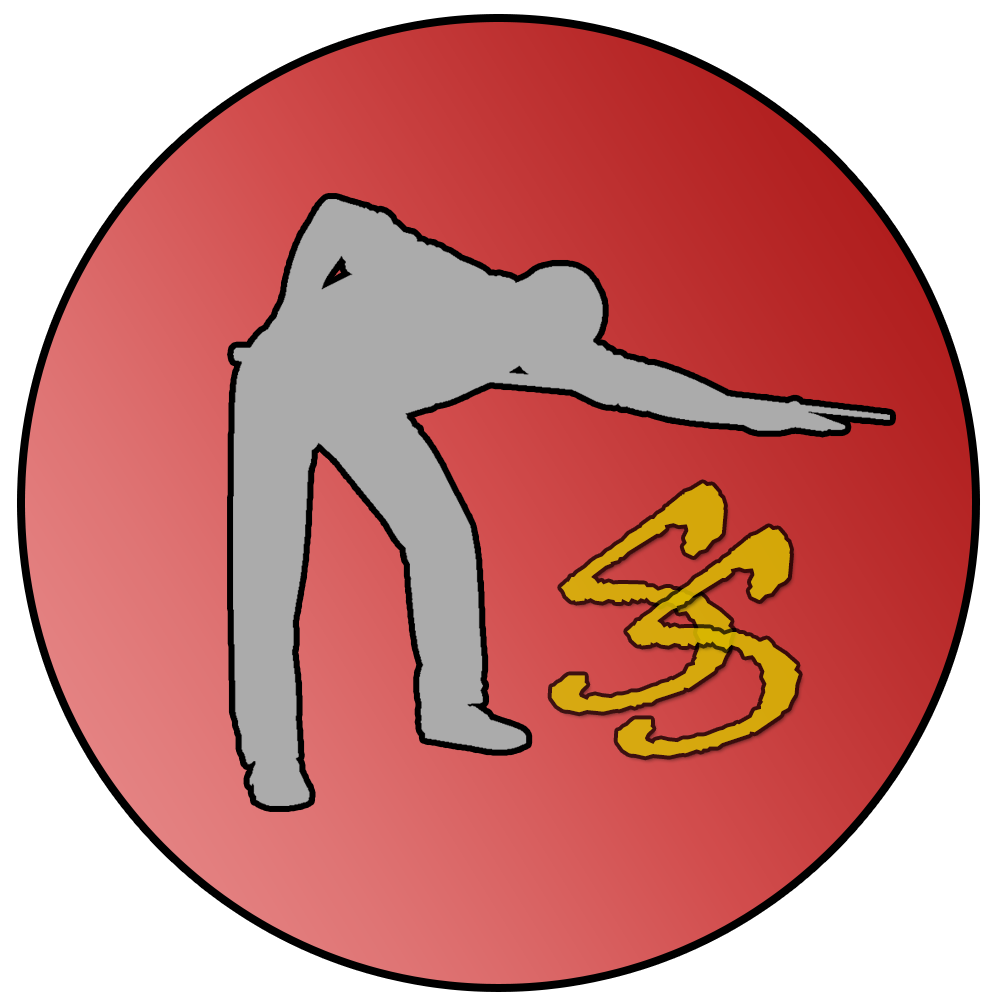Formerly, I’ve looked at how the tip of a cue can make a difference when you are playing a shot. This looked at factors like size and density (click here to read that Short) and how they can impact a shot upon contact. If you are looking at replacing the tip on your cue and wondering how to choose from all the brands that are available, then hopefully this will be helpful for you.
Elkmaster
The most common/popular brand of cue tip, even among professionals. These tips can be ordered in batches so you’ll always have spares available should the situation arise. They are quite inexpensive compared to other brands. Elks generally fall on the softer end of the scale, allowing for comfortable gripping on the cue ball as well as ease when it comes to shaping. They will also require a bit of breaking in before getting comfortable and consistent results.
Due to Elks coming in batches, it can be tricky finding the perfect tip of out the bunch. This can often lead to heavy shaping and pressing before even using the tip to ensure it fits your specification/preference. There are such tips called Elkmaster Pros which are pressed and shaped to a better result than standard Elks, but I am not aware that these are actually any different in the manufacturing process i.e. they are handpicked out of an ordinary Elk batch. Blue Diamond is a brand that is characteristically similar to Elk, if it doesn’t meet your requirements.
Kamui
Chief rival to Elkmasters – Kamui offers an alternative to players who prefer the contact of a slightly harder tip. Kamui is more expensive and you are effectively ordering for a single piece, as opposed to receiving a batch with multiple tips. Kamui uses a higher quality leather so you don’t have to maintain them as much as an Elk - you can worry less about mushrooming or misshaping with a Kamui tip. John Higgins is a notable Kamui user.
Century
A brand of tip that is all about quality. If you want something that matches the class of the sport you play in, this is the one to get. Century uses a grading system to allow you to find the perfect density in your tip; G1-5 where the higher you go, the harder the tip. These tips are a little more expensive than Kamui’s but you receive four in a batch and shouldn’t need to worry too much about compressing them. Another thing to consider is that currently, they are only available in a 10mm configuration, so if you wanted something smaller and don’t want to take to slicing your expensive product, you may need to compromise or wait until Century start manufacturing a smaller tip.
Something to note is if you want a G5 graded tip, these do have to be custom made and are significantly more expensive than other tips. So bear that in mind if you need a hard tip. Century is a brand of tip endorsed by Mark Selby.
Fun Fact: According to Century’s Amazon seller page, Mark Williams used a Century tip when he won the World Championship in 2018!
Talisman
Available in soft, medium or hard variants the Talisman tips are close in price to the Century brand. Talisman tips are generally harder than other brands so soft and medium will be sufficient for most users. Often complemented as a great all-round tip which doesn’t require much breaking in or maintenance, this is a great choice for a reasonable all-round player.
It’s quite difficult to compare tips unless you have extensively used products across all brands. Most people will have a certain preference when it comes to size and density but the main differences across manufacturers is the time it takes to break in/shape a new tip and how often it will need to be replaced. What do you think? What’s your tip brand of choice? Feel free to inform on other brands that were not mentioned above (Black Heart – but they seem to be quite scarce).
Like this Short? Click here to read: Types of Snooker Cues: A Guide for Buying Cues
Have an idea for a Short post? Feel free to get in touch using the social media links below! Thanks for reading!









